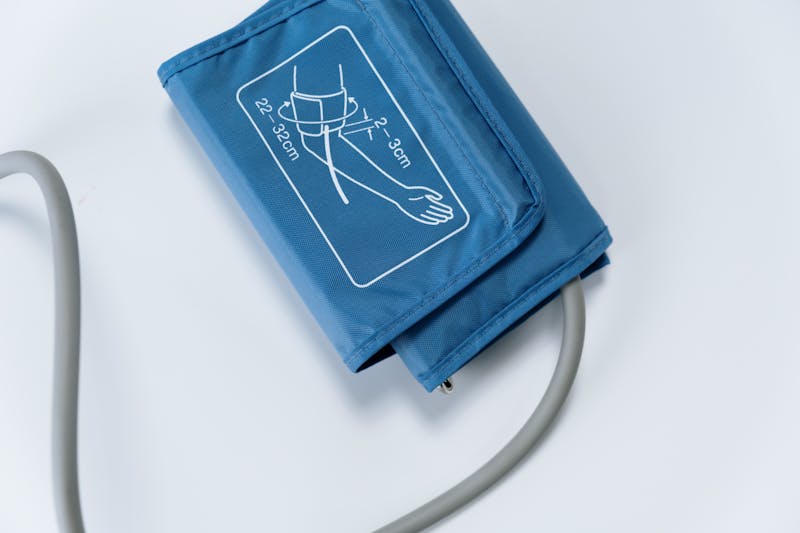Last Updated on October 3, 2025 by shawnshealth
How can you improve cardiovascular fitness. Learn proven methods backed by science to boost heart health and endurance.
Introduction: How Can You Improve Cardiovascular Fitness?
How can you improve cardiovascular fitness? It’s a key question that affects overall health, from heart function to daily energy levels. Whether you’re an athlete or just starting out, improving your cardio fitness can lead to longer life expectancy and reduced risk of chronic diseases. Below, we break down the quick stats and expert-backed strategies to enhance cardiovascular fitness.

1. Simple Ways to Improve Cardiovascular Fitness Daily
- Aim for 30 minutes of moderate exercise like walking or cycling.
- Incorporate strength training twice a week.
- Take the stairs or walk more to reduce sedentary time.
2. Health Benefits of Cardiovascular Fitness
- Improves blood pressure and cholesterol levels, reducing heart disease risk.
- Increases lung capacity and oxygen efficiency, making tasks easier.
- Reduces stress and anxiety, supporting both mental and heart health.
3. How Often Should You Exercise for Cardiovascular Health?
- Aim for 150 minutes of moderate exercise or 75 minutes of vigorous activity per week.
- HIIT can improve cardiovascular health faster.
- Combine aerobic and strength training for comprehensive heart benefits.
Quick Reference on Cardiovascular Fitness
- 150 minutes of moderate exercise per week reduces the risk of cardiovascular disease by up to 30% (American Heart Association).
- Just 30 minutes of daily walking can lower blood pressure and improve heart function (Centers for Disease Control and Prevention).
- HIIT (High Intensity Interval Training) may offer significant improvements in both aerobic and anaerobic fitness in less time than steady state training (Journal of Sports Science and Medicine).
- Sedentary lifestyles increase the risk of heart disease by 147% (World Health Organization).
- Strength training twice per week supports heart health by improving circulation and reducing stress on the cardiovascular system (Mayo Clinic).
Quick Reference on Cardiovascular Health and Obesity
- Losing just 5-10% of body weight can lower blood pressure, reduce cholesterol levels, and improve overall heart function, decreasing the risk of cardiovascular disease (National Institutes of Health).
- Obesity increases the risk of developing heart disease by at least 50% compared to individuals with a healthy weight (American Heart Association).
- Excess body fat contributes to hypertension, high cholesterol, and type 2 diabetes, all of which significantly raise the likelihood of cardiovascular disease (Centers for Disease Control and Prevention).
- A BMI of 30 or higher is associated with a 32% greater risk of dying from heart disease compared to individuals with a normal BMI (Journal of the American College of Cardiology).
- Obesity-related heart disease accounts for over 2.8 million deaths globally each year (World Health Organization).

Table of Contents
This content is for informational purposes only. Consult a healthcare professional before making any health or fitness changes.
How to Improve Cardiovascular Fitness
1. Engage in Aerobic Exercise
Aerobic exercises like running, cycling, and swimming improve oxygen efficiency and heart function. Aim for at least 150 minutes of moderate exercise per week or 75 minutes of vigorous activity (Amercian Heart Association).
Best Aerobic Exercises:
- Brisk walking or jogging (30 minutes per day)
- Cycling (45 minutes per session, 3–4 times a week)
- Swimming (30-minute laps, 3 times a week)
- Dancing or Zumba (45 minutes, 3 times per week)

2. Try High-Intensity Interval Training (HIIT)
HIIT workouts alternate between short bursts of intense activity and recovery periods. Studies show HIIT improves heart function faster than steady-state cardio while also increasing metabolism (Journal of Physiology).
Example HIIT Routine:
- 30 seconds sprint / 60 seconds walk (repeat for 20 minutes)
- 40 seconds jump squats / 20 seconds rest (repeat 4 rounds)
- 1-minute burpees / 30 seconds rest (repeat 3 rounds)
3. Incorporate Strength Training
Lifting weights or doing bodyweight exercises like push-ups and squats enhances blood flow and reduces cardiovascular risk factors. Aim for two strength-training sessions per week (Mayo Clinic).
Best Strength Exercises for Heart Health:
- Squats (3 sets of 12 reps)
- Push-ups (3 sets of 15 reps)
- Deadlifts (3 sets of 8 reps)
- Dumbbell shoulder presses (3 sets of 10 reps)

4. Increase Daily Movement
Simple activities like taking the stairs, standing while working, or walking during phone calls can reduce sedentary time and support heart health.
Easy Ways to Add Movement Daily:
- Take a 10-minute walk after meals
- Use a standing desk for at least 2 hours daily
- Set an hourly reminder to stretch or move
5. Focus on Nutrition
A heart-healthy diet includes:
- Omega-3-rich foods (salmon, flaxseeds) to reduce inflammation (Harvard School of Public Health).
- Whole grains to lower cholesterol (American Heart Association).
- Leafy greens rich in nitrates to improve circulation (National Institutes of Health).
6. Monitor and Track Progress
Use a fitness tracker or heart rate monitor to gauge improvements in cardiovascular endurance. Resting heart rate and VO2 max are strong indicators of heart health.
Key Metrics to Track:
- Resting Heart Rate: 60–100 bpm (lower is better for fitness)
- VO2 Max: Higher values indicate better cardiovascular efficiency
- Daily Step Count: Aim for at least 8,000 steps per day

Final Thoughts
Improving cardiovascular fitness doesn’t require extreme effort—it’s about consistency. Whether through aerobic workouts, HIIT, or simple daily movement, small changes lead to long-term benefits.
By implementing these evidence-backed strategies, you can boost your heart health, increase endurance, and lower disease risk.
References & Easy Citations for Bloggers
If you’re a blogger or journalist, feel free to cite this article with the following references:
- American Heart Association. (2024). “How Much Exercise Do You Need?“
- Centers for Disease Control and Prevention. (2024). “Physical Activity Basics.“
- Harvard School of Public Health. (2024). “Healthy Fats and Cardiovascular Benefits.“
- WHO. (2024). “Physical Activity and Heart Disease Risk Reduction.“
Learn more ways to stay fit and active with this article on quick morning workouts!

Gear to Help You Achieve Your Health and Fitness Goals
If you’re looking for tools to enhance your weight loss journey, here is an Amazon Affiliate Product Link that can help you along the way.
Explore top-rated fitness equipment on Amazon to upgrade your workouts.
Check out these top-rated treadmills to get your heart healthy.
Short disclaimer: As an Amazon Associate, I earn from qualifying purchases.
As an Amazon Associate, I earn from qualifying purchases. This means I may receive a commission if you purchase through links on this site, at no extra cost to you.
FAQ
- What causes heart disease?
- High blood pressure, high cholesterol, smoking, diabetes, and a sedentary lifestyle.
- How many people are affected by heart disease?
- Over 17 million people globally die from heart disease each year (World Health Organization).
- What are the benefits of cardiovascular exercise?
- Improves heart health, increases stamina, lowers blood pressure, and reduces the risk of heart disease.
- How much exercise do I need for heart health?
- Aim for 150 minutes of moderate exercise per week (American Heart Association).
- Can strength training improve heart health?
- Yes, strength training improves circulation and reduces cardiovascular strain (Mayo Clinic).
- What is the best exercise for heart health?
- Aerobic exercises like walking, cycling, swimming, and High-Intensity Interval Training (HIIT).
Be strong and courageous. – Joshua 1:9




